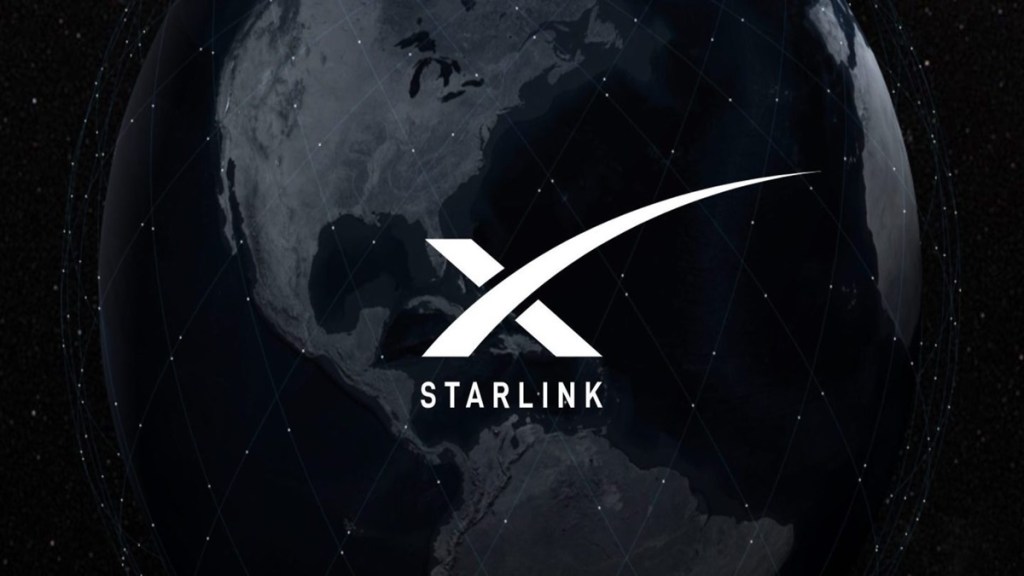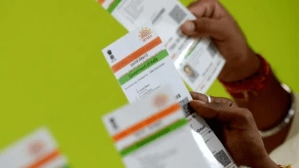Before looking at India as a market for his electric vehicles, Elon Musk looked at the country for his satellite communications venture, Starlink. However, concerns around national security and spectrum allocation have delayed its entry, explains Anvitii Rai. It is now awaiting approval at the government’s end.
How is Starlink different from other operators?
Traditional internet service providers such as Jio or Airtel rely on extensive on-ground infrastructure (copper and fibre optic cables, network towers etc) to provide connectivity. In contrast, satcom providers like Starlink provide connectivity via a network of satellites put into orbit and connected through ground stations and user terminals known as small satellite dishes. Thus, Starlink is useful for enhancing last-mile connectivity, especially for remote regions and areas with extreme terrain such as deserts or mountains, where traditional infra-structure for network connectivity cannot be built. Starlink also differs from traditional satcom providers too, as its satellites are within the lower orbit of the earth, thus ensuring better latency (the time it takes for a network to reach from the provider to the user). However, traditional providers still have far higher speeds and lesser latency than their satcom peers. So, while traditional network providers are better suited for densely populated areas like metropolises and towns, satcom services are currently best for enhancing last-mile connectivity.
What are the applications for satcom services?
The promise of enhanced connectivity can bring about a big transformation across many aspects of life for several stakeholders. One prominent example where Starlink services proved to be instrumental was at the outbreak of the Russia-Ukraine conflict in 2022, when two days after it broke out, Ukrainian President Volodymyr Zelenskyy requested SpaceX to activate Starlink in the country—till date, Starlink has been a reliable tool for the Ukrainian public, government, and military. There are potential applications for commercial, social, as well as recreational uses. Better connectivity can ensure that remote regions have digital access to more amenities like online education and telehealth, and the luxury recreational market can be tapped, wherein connectivity can be provided for “exotic” holiday destinations.
How lucrative is the Indian market?
Per a 2024 KPMG study, India’s satcom sector is worth $2.3 billion, and is projected to reach $20 billion by 2028. Currently, India ranks fourth in terms of investments in the sector. Nearly
$2 billion was invested in 110 firms locally as of March 2024. Beyond projections, the potential market for satcom is also untapped, as government data stated that as of March 31, 2024, rural tele-density stood at 59.1%.
With the Centre aiming to enhance connectivity under the aegis of Digital India, satcom will have a big role to play in enhancing last-mile connectivity. Rather than being a competitor to traditional service providers, satcom can thus be a complementary service. A possible hurdle could be the higher costs of the satcom networks, estimated to be 7-18 times more expensive than current home broadband plans, that
start from $5-7/ month. However, this could be covered via the Universal Service Obligation Fund (USOF, or Digital Bharat Nidhi).
What’s delaying the launch
Currently, starlink’s application is being evaluated by the ministry of home affairs and security agencies. It requires a Global Mobile Personal Communication by Satellite (GMPCS) licence from the Department of Telecommunications (DoT) and spectrum allocation before it can commence operations. The delay boils down to the fact that security guidelines for any foreign operator with regard to satellite usage as well as customer data, along with spectrum allocation and pricing is yet to be finalised. DoT guidelines require the company to store all user data within the country and ensure it can facilitate data interception by intelligence agencies when needed.
The government intends to allocate the spectrum for satellite services administratively, unlike the spectrum allocation for telecom operators, which has been done via auction. However, some industry players have asked this be done via auction to “level the playing field”, while others align with the government’s views.
Competition in the Indian market
The Indian satcom market is at a nascent stage. Currently, only two domestic players—Jio Satellite Communications and Bharti Group-backed OneWeb—have obtained all permissions to start the rollout for satcom services. Incumbent telcos are also concerned that companies like Starlink might poach their subscribers by providing services in urban areas. “Satellite internet poses limited threat to Bharti/Jio’s home broadband segment; home broadband doesn’t constitute more than 6-10% of FY30 Ebitda and valuation for Bharti/Jio,” said Dayanand Mittal and Shivam Gupta, analysts at JM Financial.
Satcom is more expensive to scale; however, this is where global players such as Amazon’s Kuiper and Starlink come in. Both have the financial muscle to back up their ventures. Starlink is more revolutionary as well, as it launches several smaller satellites into the lower orbit instead of a few big ones into the higher orbit, as has been the industry precedent.









